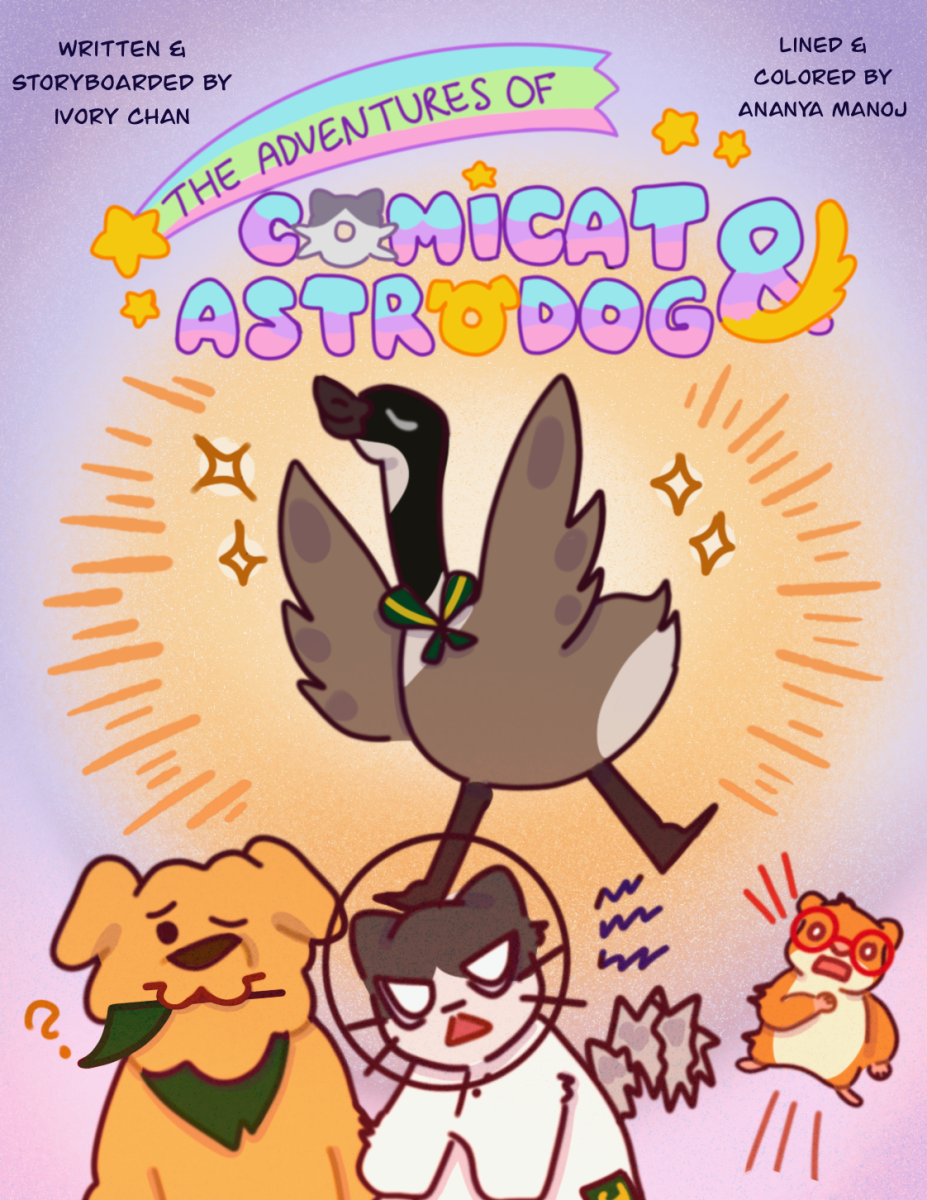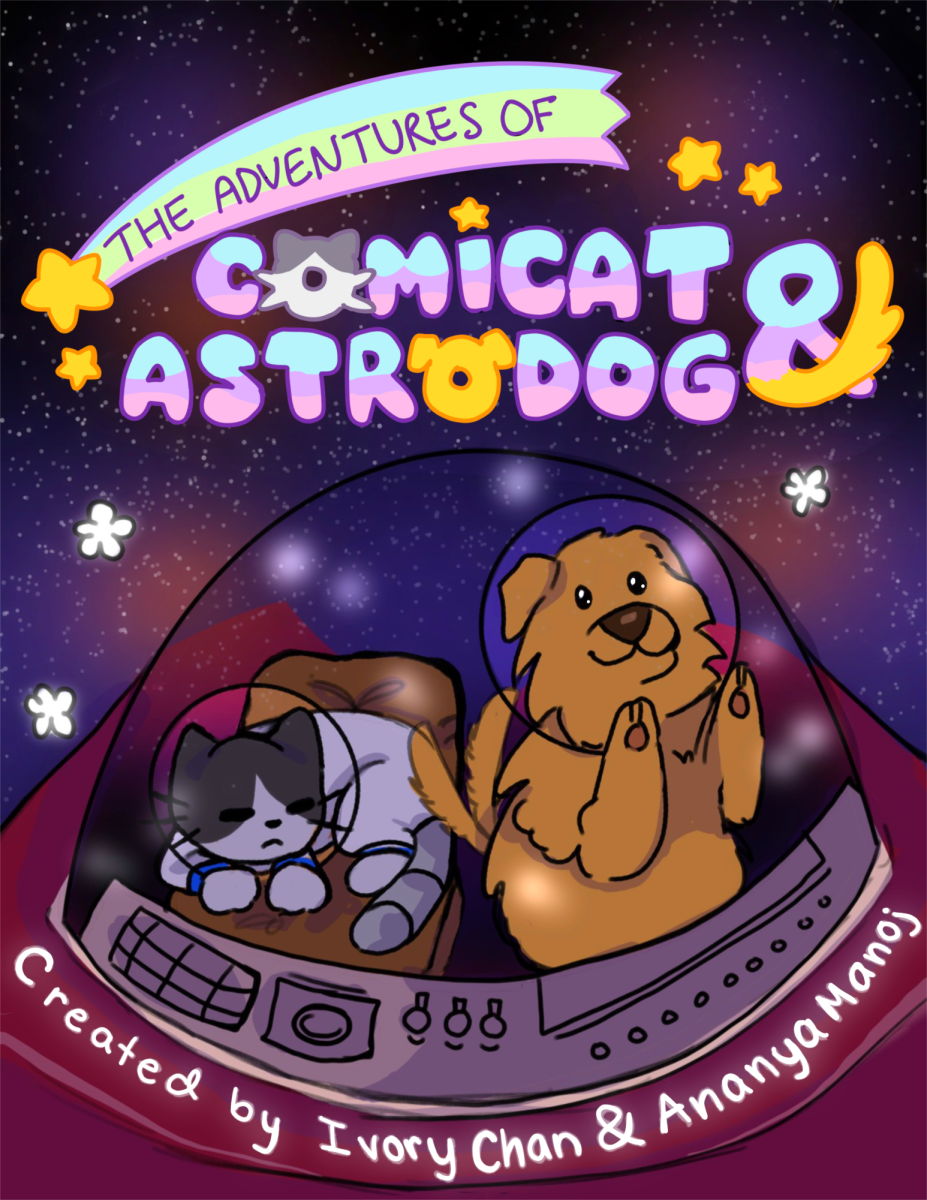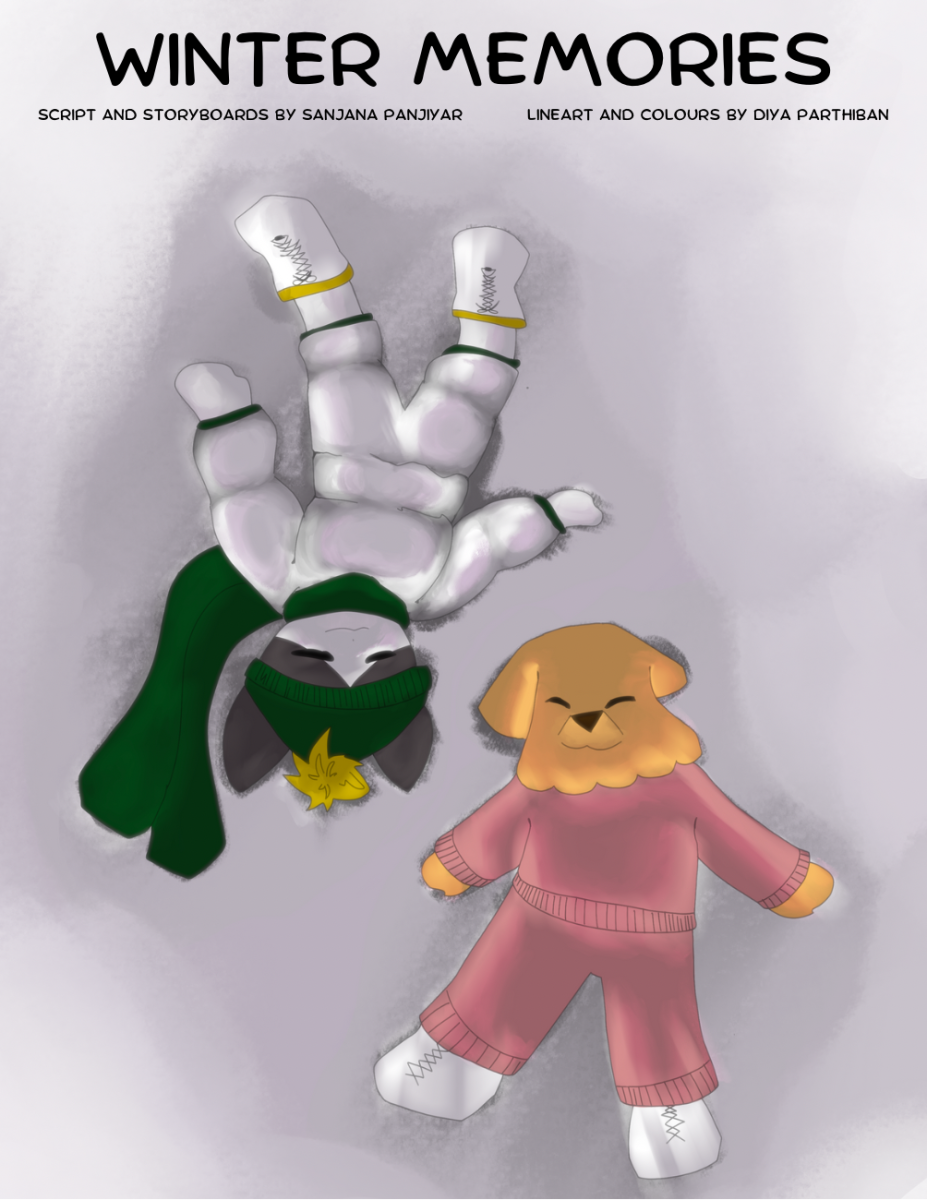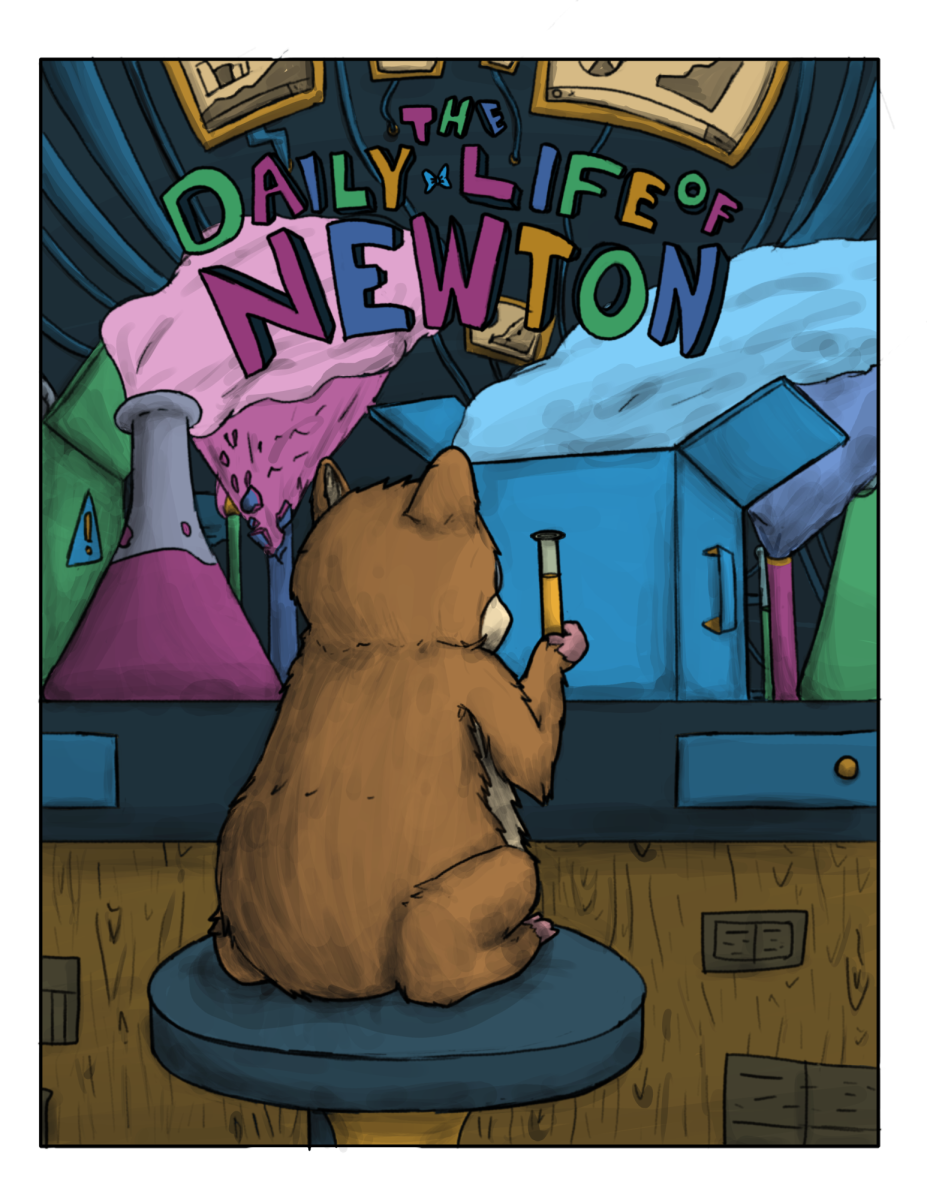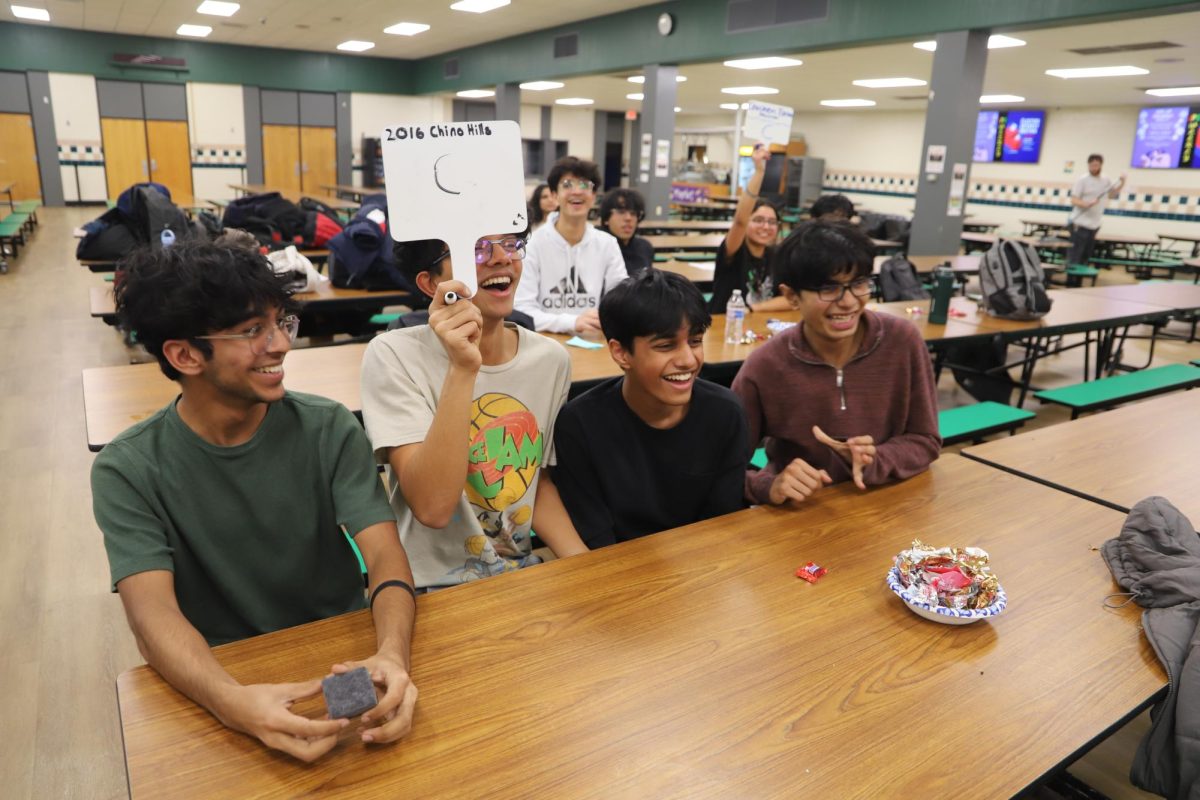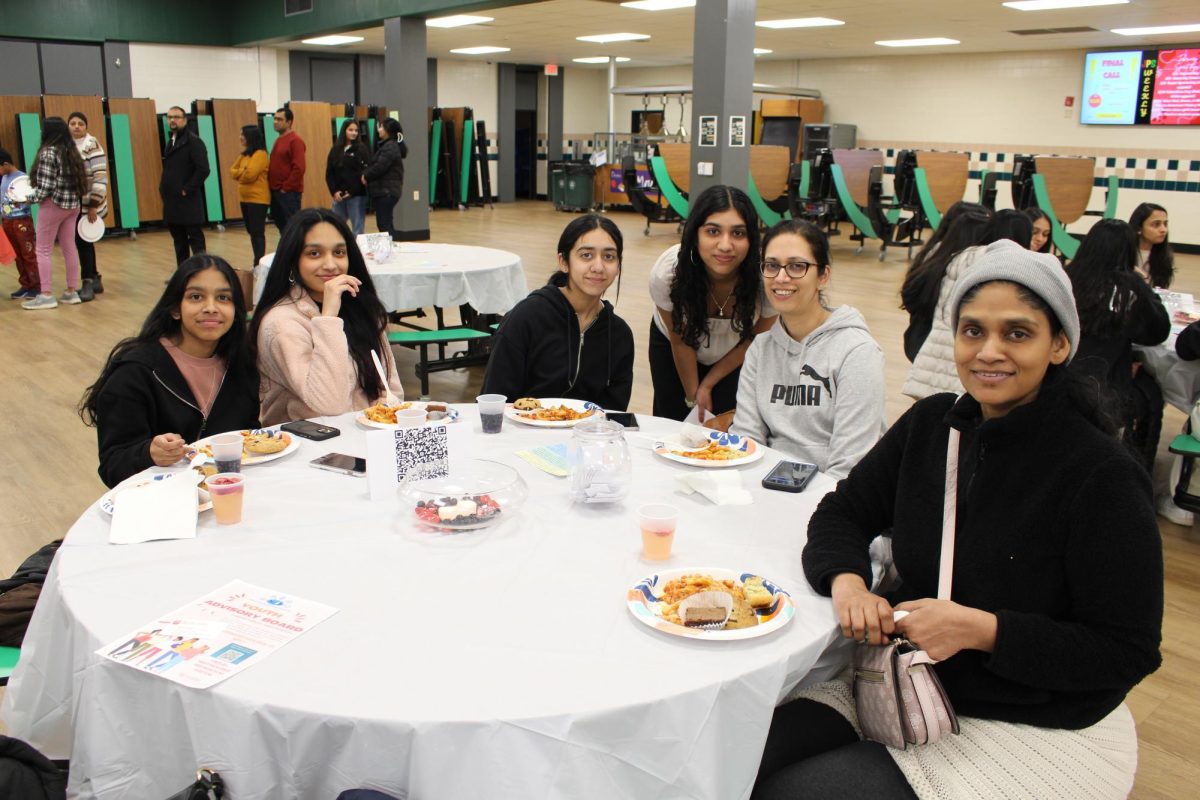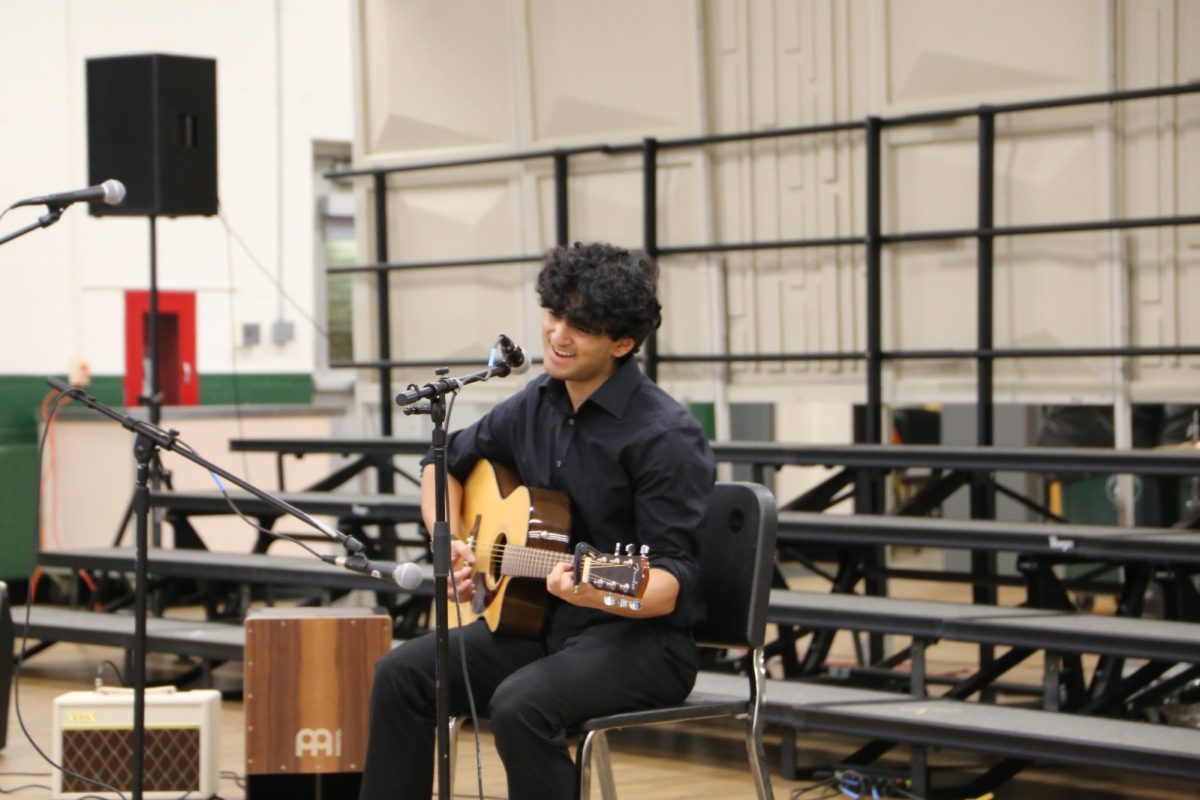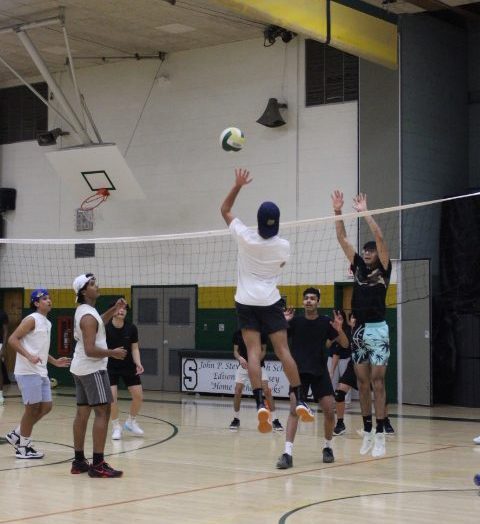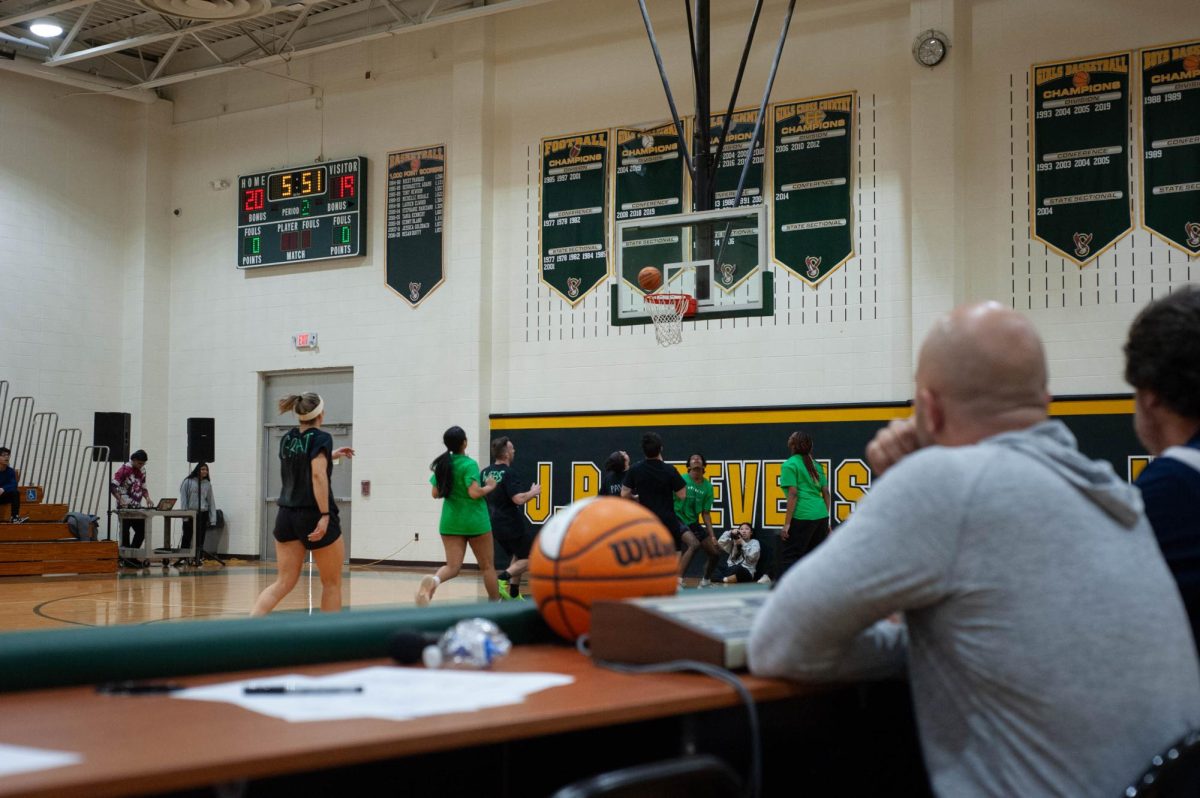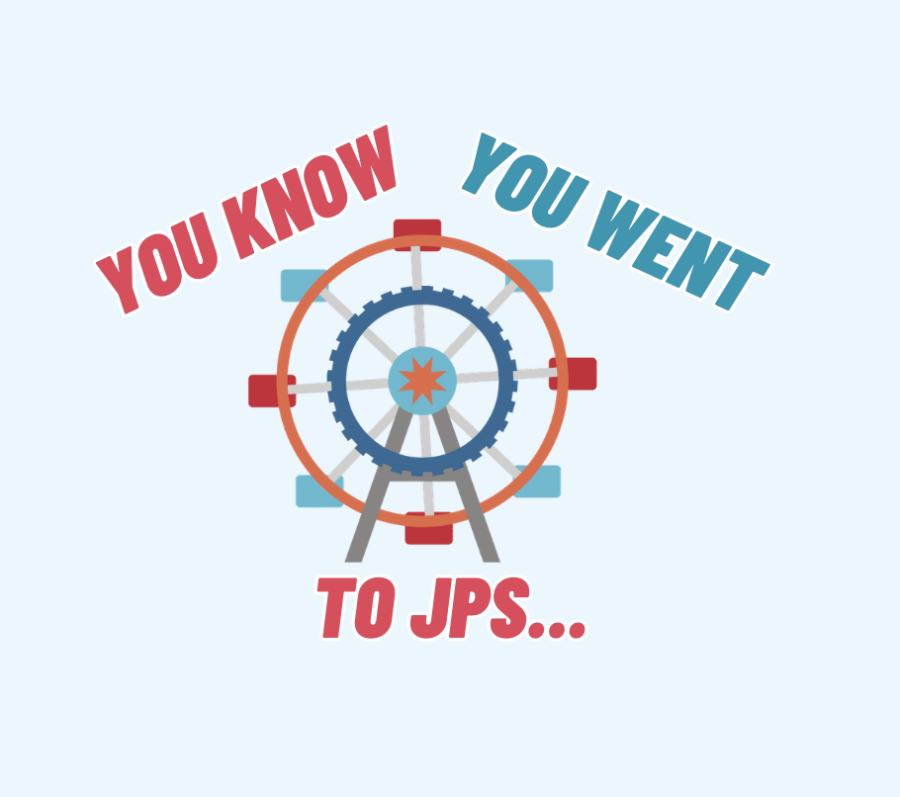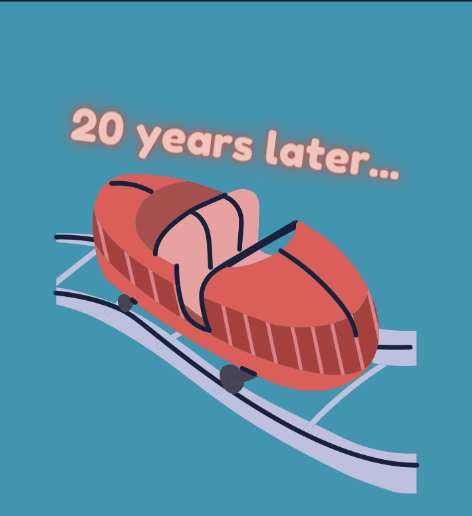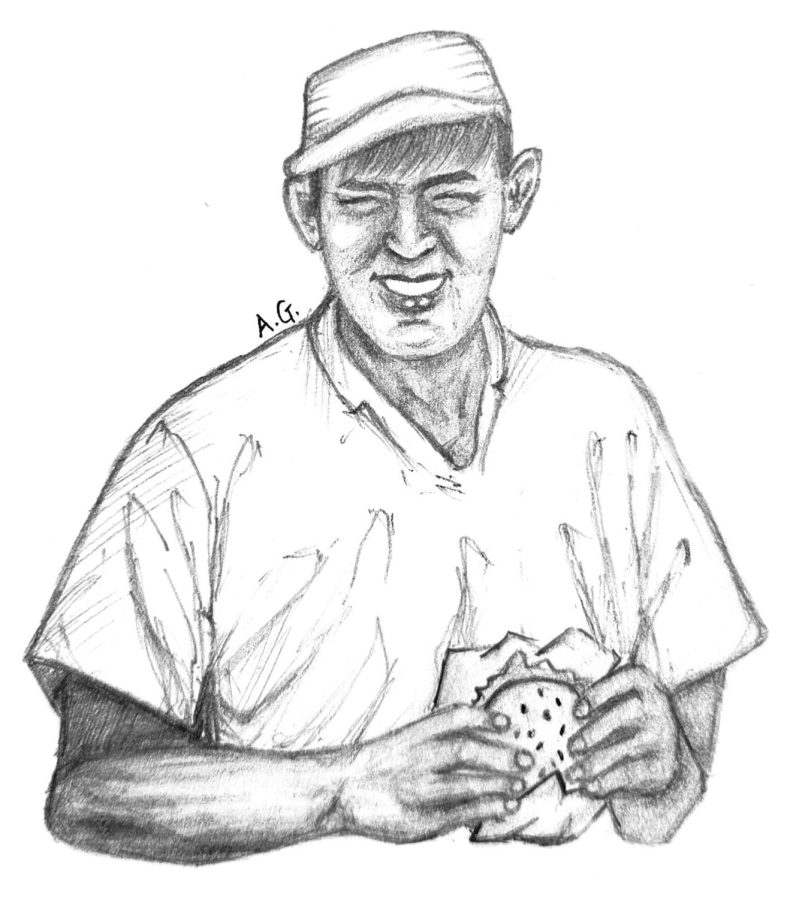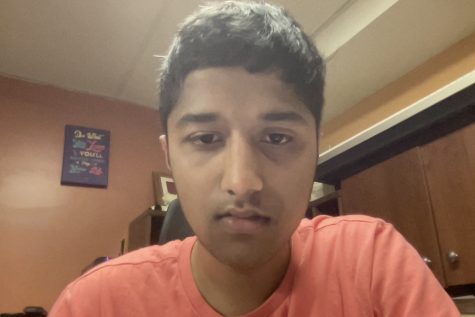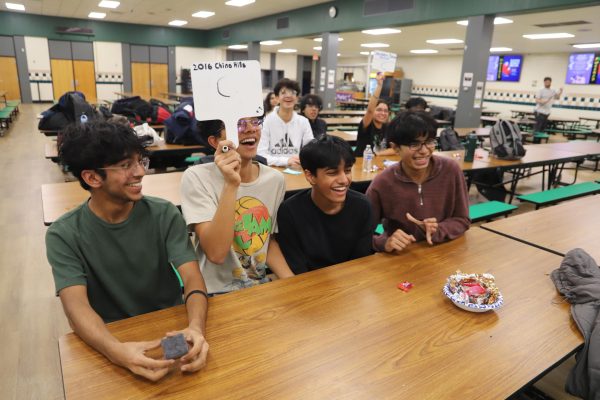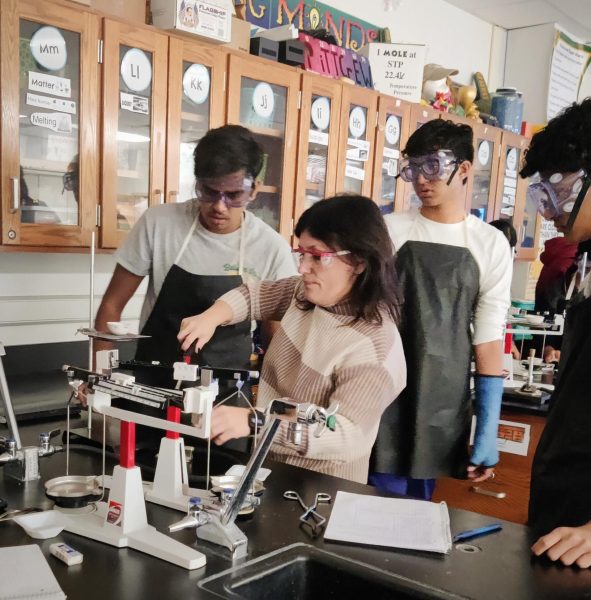The Making of An In-N-Out Burger
February 16, 2023
Iconic. Fresh. Tasty. Harry Snyder, the founder of the In-N-Out burger chain, is a saint, a shepherd amongst us ignorant sheep. Snyder had to have some sort of guardian angel watching over him to create such a boundless burger chain. With over 27,000 employees and grossing over 1.7 billion dollars, it’s hard to imagine that the now booming In-N-Out was almost toast. Snyder did struggle, and if it wasn’t for some radical and desperate attempts at fixing his business, his measly shed-like restaurant would have been “in and out.” But, of course, this story wouldn’t have been written if Snyder gave up on securing his burger-fever monopolistic dream. Through unconventional industrial methods (treating his staff right), risky business maneuvers (paying them a decent wage), and a good Grand Canyon’s worth of hard work and luck, Snyder was able to transform his 10-square-foot burger stand into 367 stores around the country.
That’s a lot of burger stands.
Contrary to its current appearance, In-N-Out didn’t have giant, Costco-sized meatpacking facilities or hundreds of big, clean stores. Snyder started his dream business in a tiny burger stand drive-thru at Baldwin Park in California, as mentioned by Exponential Economy in “The Tragic History of In-N-Out Burger.” Back then, drive-thrus weren’t really “drive-thru.” You would order your food and wait for an employee to deliver it to you as you waited in your car. Every day, Snyder and his wife, Esther, would wake up at the crack of dawn to visit the farmers market and buy the freshest produce, which they would then cook and prepare diligently by hand. However, these “drive-thrus” were already becoming overpopulated, and Snyder, especially since he was the new kid on the block, didn’t really attract much attention. Potential customers were more focused on already-established drive-thru restaurants back then such as A&W and Red’s Burger Joint. Over time, fewer customers were returning; the food would often take too long to prepare due to its freshness and homestyle spin. Even the most loyal customers weren’t enough to sustain him, and Synder’s business began to fade more and more into obscurity.
Snyder needed to think of something fast, to decrease the waiting time or at least ease customer grievances. He couldn’t just pre-make the burgers and heat them up; he believed that ruined the taste of food, and it would make him blend right into the crowd of mediocre burger joints. Besides, he was known amongst his small customer base for the freshness of his food, and making burgers in advance would ruin his reputation. Another option would be to make his burger stand into a restaurant–that way people would be able to sit and wait for their food, which would decrease the complaints. But Snyder also ruled that out. He simply didn’t have the space or the resources to hire staff. Customers were complaining about having to go to the stand, order their food, and wait a long time until someone delivered it to them. What if Snyder could remove a part of that process? What if the customers never had to leave their cars?
It’s a facet in every functioning fast food place; in fact, it’s so common that most would not even notice its presence, yet immediately find themselves inconvenienced if the two-way speaker was out of order. Most drive-thrus wouldn’t have been able to piggyback off Snyder’s invention if this speaker was invented much later. Snyder’s two-way speaker might have seemed straightforward at first, maybe even primitive; it was made out of random parts Snyder found in his garage, but it was pioneering. Instead of having to leave their cars to yell at Esther to order, customers could now just yell from the comfort of their cars. Already, this fixed a major gripe about having to run back and forth while ordering; patrons could just drive to the speaker, order, drive to a parking lot (or wait at the stand) and receive their food. Wait times were reduced drastically, and In-N-Out truly was “in and out.”
Business boomed. Almost instantly Snyder went from teetering on the edge of bankruptcy to rolling in dough. The speaker was not the only thing In-N-Out had going for it: customers were attracted to the cheap, freshly made food and Synder and Esther’s easy-going attitudes as well. They were family-centered, and just one look at the now-crowded burger stand confirmed that both Esther and Snyder were happy about what they were doing. This relaxed, serene approach to their work attracted employees, and–combined with the good pay and the Snyders’ understanding nature–made said employees very, very happy. Synder also didn’t stop innovating at the two-way speaker; he constantly improved his growing menu based on customer comments and feedback. The history page of the In-N-Out website details how the classic Animal-Style burger was introduced in 1961 as a result of customer feedback. He also experimented with plain paper food wrappers and the famous four-by-four burger option (two meat patties and two slices of cheese), both of which increased customer satisfaction and added variety to his menu.
Snyder wasn’t just a money-hungry businessman; he was also a community man, and generally strove to improve his surroundings. He helped build the Irwindale Drag Strip for car racing, providing entertainment for many families. He also planted trees around his community and gave discounts to essential community figures such as firefighters and police officers. Synder hosted cookouts from time to time, giving food to schools, churches, and charities. It was clear that he was not solely focused on his business, and that he genuinely cared about his employees and community.
Which was why it was such a depressing day to many when Harry Snyder passed away in December of 1976 due to lung cancer. It was such a shock to all. Harry Snyder had still been very active in his business, forming strong relationships with many employees. While many founders at this level of success would just step back and hire some poor tenure to manage the company, Synder was determined to maintain that family-oriented atmosphere that was his claim to fame. His gifts to his community were thoughtful, his donations welcome to many first responders and hungry patrons. And let’s not forget that simply, Harry Synder made the best burgers of all time.
Esther and her son Rich took on the business. The duo kept the pioneering spirit alive by making new menu items such as the Flying Dutchman and Protein Burger. They kept Snyder’s radical spirit alive by creating a new customer service line at a time when fast-food companies thought them to be too much work. Esther and Rich even started a whole university solely dedicated to training staff. They kept his generous spirit alive by starting charities such as the INO Foundation, according to the National Center for Charitable Statistics, and by also placing free food trucks around impoverished areas. But, most importantly, they kept his family-oriented mindset. Even to this day, In-N-Out is known for its superb team, amazing pay, and benefits. At the publication of this feature, Lynsi Snyder, the granddaughter of Harry and Esther, leads the company. She is committed to upholding the standards of Rich whilst also maintaining the philanthropic contributions of Harry and Esther. If I have one wish for the future, it is that In-N-Out continues to be known as a great fast-food store serving tasty, albeit unhealthy, delicacies. And, for the love of God, please visit an In-N-Out location. You won’t be disappointed.

